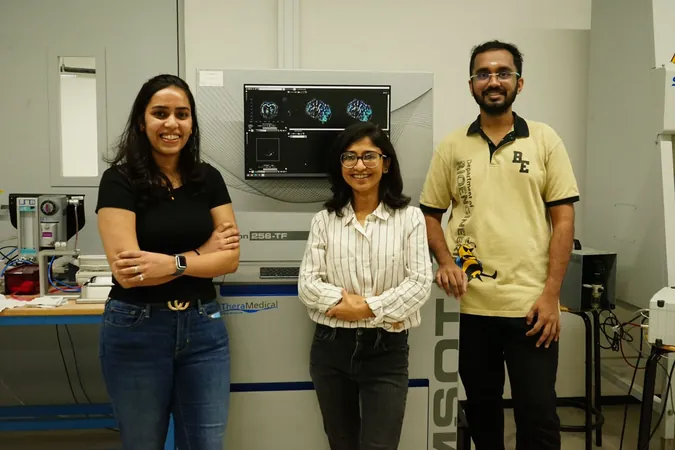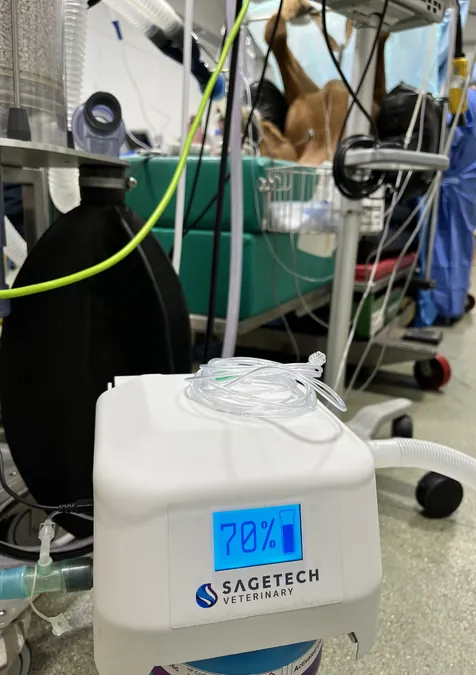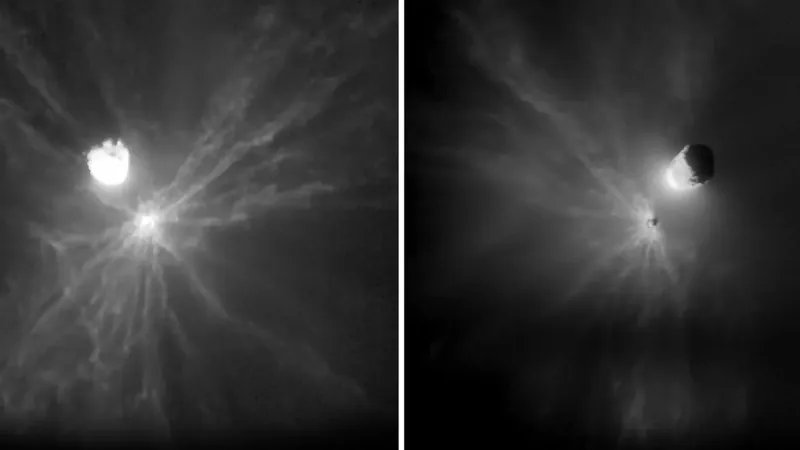
Revolutionary Cancer Detection: IISc's Groundbreaking No-Radiation Imaging Technique
2025-06-15
Author: Nur
A New Dawn in Cancer Diagnosis
In a stunning development from the Indian Institute of Science (IISc), scientists have unveiled an innovative imaging technique that could forever change how we detect tumors: a method that eliminates harmful radiation. This breakthrough, showcased in JACS Au, introduces GPc, a biocompatible molecule designed for Photoacoustic Tomography (PA). Utilizing near-infrared light and sound waves, this method creates high-contrast 3D images of tumors, particularly those near the body's surface.
The Advantages of GPc: Affordable and Safe
The potential of GPc is monumental. As Sanhita Sinharay, Assistant Professor at IISc, highlights, this approach is not just cost-effective—it's also safer than traditional imaging methods like PET scans. "You can obtain similar information at a fraction of the cost," Sinharay stated.
The Hidden Risks of PET Scans
Currently, PET scans remain the gold standard for tumor detection. However, they come with significant downsides: the use of radioactive glucose tracers poses health risks, especially for patients requiring frequent monitoring.
How PA Imaging Works—No Radiation, No Problem!
Instead of radioactive materials, PA imaging harnesses the power of near-infrared light to activate contrast molecules within the body. This technique generates sound waves that are detected and processed into clear tumor images. Previous efforts in PA imaging have been limited to molecules naturally occurring in the body, but the introduction of GPc represents a game-changing leap forward in sensitivity and contrast.
What is GPc and Why Does it Matter?
GPc is ingeniously crafted from zinc-phthalocyanine, a compound ideal for near-infrared imaging, combined with four glucose units to enhance water solubility and cellular uptake. This design allows GPc to effectively navigate to tumor sites without disrupting the body's natural glucose metabolism.
A Promise for Patients, Especially in Low-Resource Areas
The implications of this research are vast, particularly for cancer patients in regions where access to advanced imaging technologies is limited. The benefits include: - Absence of radiation exposure, making it safer for patients. - Reduced costs that could democratize access to vital imaging services. - Freedom to conduct frequent scans without health concerns. - Enhanced ability to image superficial tumors, such as those in the breast or skin.
What Lies Ahead for GPc and Cancer Diagnostics?
While early laboratory findings appear promising, further research and clinical trials are essential to truly gauge how GPc behaves across varied tumor types in human subjects. If successful, GPc could revolutionize non-invasive cancer diagnostics, particularly in nations like India, where PET scanner availability is scarce.



 Brasil (PT)
Brasil (PT)
 Canada (EN)
Canada (EN)
 Chile (ES)
Chile (ES)
 Česko (CS)
Česko (CS)
 대한민국 (KO)
대한민국 (KO)
 España (ES)
España (ES)
 France (FR)
France (FR)
 Hong Kong (EN)
Hong Kong (EN)
 Italia (IT)
Italia (IT)
 日本 (JA)
日本 (JA)
 Magyarország (HU)
Magyarország (HU)
 Norge (NO)
Norge (NO)
 Polska (PL)
Polska (PL)
 Schweiz (DE)
Schweiz (DE)
 Singapore (EN)
Singapore (EN)
 Sverige (SV)
Sverige (SV)
 Suomi (FI)
Suomi (FI)
 Türkiye (TR)
Türkiye (TR)
 الإمارات العربية المتحدة (AR)
الإمارات العربية المتحدة (AR)